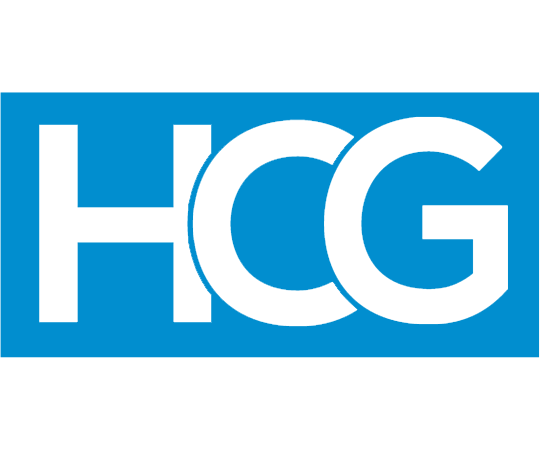
Case Study 10
(Note: Names and other identifiers were changed to protect the confidentiality of my client.)
By the time I met Susan she was already the CEO of a large organization. But she was determined to grow her company and expand to a national and global platform, despite the challenges of a difficult business environment. She contacted me for help in projecting a greater sense of leadership influence and executive presence when dealing with the media or delivering keynote speeches at large conferences. Susan also wanted to cultivate a stronger and more resonant personal brand.
Our work began with a redefining of her authentic leadership brand in relationship to the company’s core image and its evolving brand. We created a 12-month step-by-step blueprint for building upon Susan’s strengths and talents while leveraging her leadership brand. Much of that leverage was gained through persuasive internal and external communications orchestrated by Susan on behalf of her fast-growing organization.
One critically helpful tool we used was a 360-degree brand assessment that gave Susan a more objective view of how her personal and corporate brands were perceived. Using insight gained from the assessment we were able to focus upon specific areas of attention and adjust her visual image in ways that not only highlighted her positive physical attributes but also coincided with her brand attributes and overall message. The key elements she wanted to convey were sophistication, elegance, and vision – and we successfully integrated all of those into an authentic presence reinforced by her appearance, behavior, and verbal/nonverbal communication skills.
Because Susan traveled extensively it was also important to her that we find a practical and easily managed wardrobe. She needed to visibly exude executive confidence 24/7 and be presentable to the media at a moment’s notice. The result was a new wardrobe that strategically expressed confidence, innovation, and a mastery of personal style – while also being classically modern and elegant. But we built the new look around core pieces – including many already in her closet – so that she leveraged her clothing and accessory dollars into a complete wardrobe that represented a sustainable investment, not just trendy or seasonal purchases.
Along the way Susan also discovered some deeply internalized personal identity issues she had subconsciously carried over from childhood. By exploring those in a safe and supportive environment with me she was able to reconcile them in a way that freed her up to celebrate herself, her unique beauty, and her natural personality. She is now more comfortable in her own skin and reports frequent positive compliments from others. She feels more poised and less self-conscious when working a room at a networking event, stepping to the podium, or facing television cameras or a press conference.
But Susan also learned that because she has a high level job and the pressures that come with the role of CEO, part of her responsibility to herself and her company is to maintain a healthy, energetic balance of mind, body, and spirit. One way that she seeks to renew herself is through philanthropy, and she has always been passionate about causes that support children and childhood education. So we explored new ways to dovetail that personal interest with her company’s charitable goals, and the outcome has been immensely rewarding for everyone involved.
Today Susan radiates a charismatic leadership presence that is congruent with her lifelong personal mission of improving the lives of children throughout the world. Her business has continued to flourish, receiving numerous awards while establishing a greater competitive market share. As the organization Susan heads continues to grow so does her self confidence, her industry reputation, her earning potential and wealth, and her personal legacy.
He said he was the invisible person in the room, unable to get his contributions noticed and his ideas appreciated. Bob had difficulty being assertive and felt a total lack of visibility. He sensed that his career was being sidelined, while others around him made rapid advancement.
That left him feeling less confident, which only made matters worse. After all, today’s competitive business arena typically rewards those who aren’t shy about promoting themselves and who show no lack of confidence at the conference table.
“When your own boss doesn’t believe in you,” Bob explained to me, “it’s not that easy to continue to believe in yourself.”



